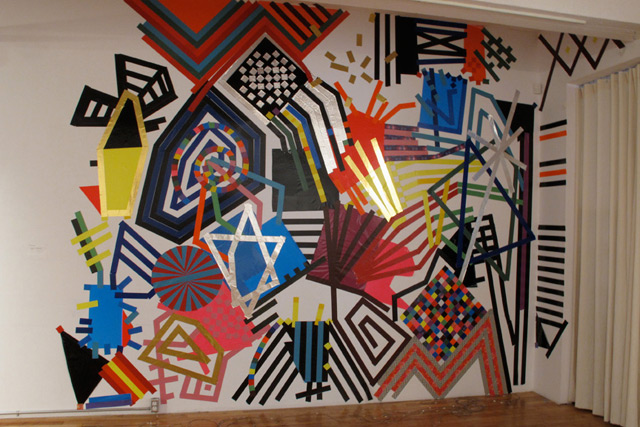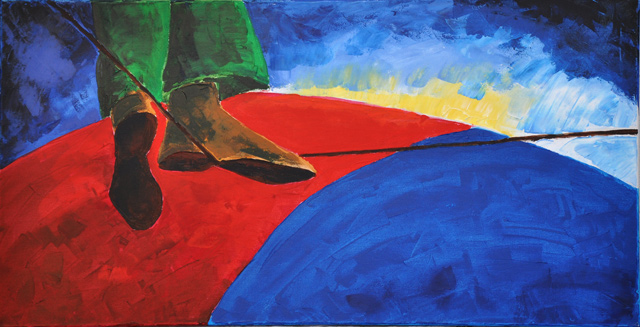
These were the people that helped me move. Nobody can hope to have a better family and friends. Thank you all! Boris, thanks also for taking this picture!
July first is at our doorsteps and while in the ROC (Rest of Canada), to use a Quebecois expression, it’s a holiday to celebrate Canada, in Montreal, it’s Fête du déménagement, the day when the city is moving. Quite something to see and if there is no other way to experience it, you should watch this movie, to have an idea about how it is.
In the past few year, I moved a couple of times and I also helped several people move, so here are a few tips that hopefully you will find useful.
Use your calendar
I know, not everyone has the luxury of having several months to plan a move, but as soon as you know you have to move, take a look at your calendar, be that paper or online, and start marking down key moments. Do not expect to think of everything at once, but as soon as you remember something important, note it down. The main date is the moving day, depending on that you can mark down the date to book a truck (don’t leave it to the last minute), when to start building a team, etc.
Make a list of who to announce, ahead of time
Just as with the calendar, compile a list of who you need to notify about your move: family, friends, the Government, companies, banks, credit cards, your dentist, etc. A good way to start this list is by looking at your wallet, there you’ll find a bunch of cards to remind you who to call. Don’t notify them too early, you don’t want to risk having your bills sent to your new address, before the move. Depending on where you are, the Government might offer you an online way to notify several agencies at once, here is the service offered by Quebec.
Ask for help
In case you will move with a moving company, ignore this section.
Think of everyone who could come and help you, talk to them about your plan beforehand, to have an idea who will say no right away. Don’t be afraid to ask too many people, in the end some of those who told you they’de help, will back off. Think of a plan B, if you don’t gather enough people, be ready with alternative solutions.
A day or two before the move, once you have a clear idea about the size of your team, you can estimate how much time it will take. Let them know, so that they can make arrangements accordingly.
Don’t start packing too early
There are several inconveniences with packing too early: you will live in a mess, exactly the shoe you need will be on the bottom of the box on the bottom and it can be dangerous if you have kids, etc. Don’t let it to the day of the move neither, it will be a lot easier for your friends to come and grab boxes, than to start packing things. Make sure that by the time you have to pack, you got enough supplies to properly package everything.
Label everything
As you package your stuff, label every box and create yourself a code about which box goes to which room in the new place. This can be written or can be color coded. If you have a large furniture that you need to disassemble, label every piece of it, and eventually take pictures to help you remember how to reassemble it. The small parts, such as screws and dowels, put them all in ziplock bags and tape them to one of the main pieces of the furniture.
No kids and pets around
On the day of the move, make sure that small kids are not around and your pet is locked up safely for the next few hours. You don’t want them or anyone else being injured, safety must be an important aspect to keep in mind.
Make it fun
Moving is fun, make sure your team is well hydrated and fed during the move. Leave the alcohol to the end :).
More tips?
Add your tips in the comments section, I’de curios to learn new tricks.







